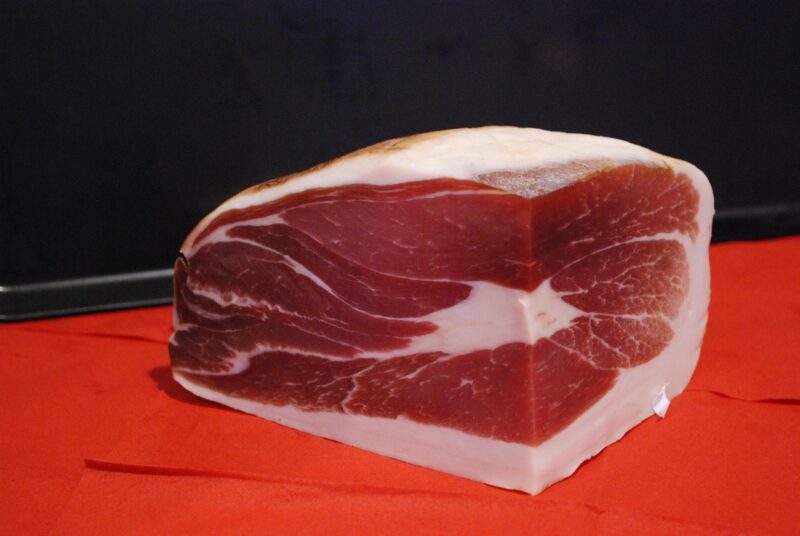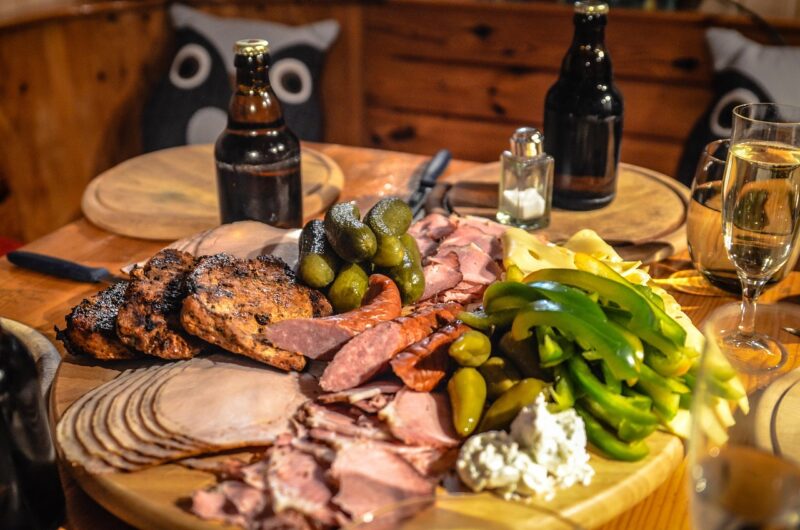In this extensive guide, we will explore all aspects of freezing ham, including the types of ham that can be frozen, tips for proper freezing techniques, thawing methods, and how to utilize frozen ham in creative ways. Together, we’ll embark on a journey through the world of ham while ensuring you feel equipped to make the best decisions for your culinary adventures.
Can You Freeze Ham? The Answer is Yes!
Absolutely, you can freeze ham. But not all hams are created equal when it comes to freezing. Products vary in terms of moisture content, curing processes, and packaging, all of which can affect the freezing process.
Benefits of Freezing Ham
Freezing cooked or uncooked ham can be a practical solution for managing leftovers, ensuring your food doesn’t go to waste. Here are some of the benefits:
Prolonging Shelf Life: Freezing ham can significantly extend its freshness, keeping it safe for up to a year!
Meal Planning: Freezing allows you to prep meals ahead of time, saving you effort on busy nights.
Convenience: With ham readily available in your freezer, you can whip up a delightful meal without needing to run to the store.
How to Freeze Ham Properly
To maintain the quality of your ham while freezing, follow these simple steps:
Slice (if necessary): If you have a whole ham, consider slicing it into portions. This makes thawing easier and allows for better portion control.
Wrap it Right: Use freezer paper, aluminum foil, or airtight plastic bags. Ensure you eliminate as much air as possible from the packaging, as exposure to air can cause freezer burn.
Label and Date: Always label your packages with the date of freezing. This will help you keep track of how long it’s been in the freezer.
Freeze Quickly: Place your wrapped ham in the coldest section of your freezer to ensure it freezes quickly without forming large ice crystals that can affect texture.
Tips for Freezing Different Types of Ham
Cooked Ham: This is the most freezer-friendly option. Ensure it’s cooled to room temperature before wrapping it.
Leftover Glazed Ham: If you’ve glazed your ham, consider freezing it immediately after carving, as the glaze can become watery if not stored correctly.
Uncooked Ham: Uncooked hams can typically be frozen as well, but wrap them tightly since they may have higher moisture content.
What You Should Avoid
Never freeze ham that has been left out at room temperature for more than two hours. If it’s been out too long, it’s best to discard it.
Avoid freezing hams that have been previously frozen, as multiple freeze-thaw cycles can degrade texture and flavor.
Thawing Ham Safely
One significant aspect of freezing is knowing how to thaw your ham safely. Improper thawing can lead to foodborne illnesses, so it’s crucial to follow the right methods.
1. Refrigerator Thawing
This method is the safest but requires planning ahead.
Time: For a whole ham, allow at least 24 hours for every 5 pounds. Smaller cuts or slices may thaw overnight.
Safety: This method keeps the ham at a safe temperature (below 40°F), preventing harmful bacteria growth.
2. Cold Water Thawing
If you need your ham thawed faster, the cold water method can work well.
Process: Submerge the sealed ham in cold water, changing the water every 30 minutes.
Time: Allow approximately 30 minutes for every pound. Cook immediately after thawing.
3. Microwave Thawing
While not the most optimal method, you can utilize your microwave’s defrost function for smaller pieces.
Considerations: Be cautious as this method can partially cook the ham, which may lead it to become dry and chewy.
Cooking with Frozen Ham: Recipe Inspirations
Now that you’ve successfully frozen and thawed your ham, what can you make with it? The good news is that ham is incredibly versatile and can be incorporated into a variety of dishes.
1. Ham and Cheese Breakfast Casserole
Imagine a hearty breakfast, combining your frozen ham, eggs, cheese, and assorted vegetables into a delightful casserole. Here’s a quick recipe:
Ingredients
2 cups of diced ham
6 eggs
1 cup of shredded cheese (cheddar or Swiss)
1 cup of milk
Salt and pepper to taste
Optional: diced bell peppers, onions, or spinach
Instructions
Preheat your oven to 350°F (175°C).
In a bowl, whisk the eggs and milk together. Stir in the salt, pepper, and any vegetables you’d like to add.
Grease a baking dish and layer the diced ham at the bottom.
Pour the egg mixture over the ham.
Top with shredded cheese and bake for 30-40 minutes, or until the eggs are set and the top is golden.
2. Classic Ham and Bean Soup
This cozy dish is perfect for using leftover ham. It’s simple to prepare and ideal for feeding a crowd.
Ingredients
1 cup of diced ham
1 can (15 ounces) of white beans (like cannellini)
4 cups of chicken broth
1 onion, diced
2 carrots, chopped
2 cloves of garlic, minced
Bay leaf, salt, and pepper to taste
Optional: chopped parsley for garnish
Instructions
In a large pot, sauté the onion and carrots until they soften.
Add the garlic and cook for an additional minute.
Stir in the diced ham, beans, chicken broth, and bay leaf.
Bring to a boil, then reduce heat and let it simmer for about 20-30 minutes.
Season with salt and pepper and garnish with chopped parsley before serving.
3. Savory Glazed Ham Sandwiches
A quick lunch option is crafting sandwiches that spotlight your ham. Layer your slices with different spreads or toppings like mustard or cranberry sauce for a gourmet feel.
Storing Ham: Best Practices
Once you decide how much ham you want to freeze and how to use it, it’s important to understand general storage practices to keep all types of ham at their best quality.
Short-Term Storage
If you plan to consume your ham within a few days after cooking or purchasing, you can store it in the refrigerator. Wrap it tightly in the original packaging or in plastic wrap, followed by foil, to minimize exposure to air.
Long-Term Storage
For longer storage needs, the freezer becomes your best ally. Make sure to handle the ham correctly before adjusting its environment—like using heavy-duty freezer bags or vacuum sealers to keep it airtight.
Common Myths About Freezing Ham
There are several myths about freezing ham that deserve to be addressed. Understanding these misconceptions can help you make better decisions and feel more confident in your culinary choices.
Myth 1: Freezing Ham Alters Its Taste Completely
While some change in texture and taste may occur due to freezer burn if not stored properly, many find that with correct wrapping and freezing, the flavor remains fairly consistent.
Myth 2: You Cannot Refreeze Thawed Ham
This again comes down to proper kitchen practices. Refreezing ham that has been thawed in the refrigerator is generally safe, although quality may degrade.
Myth 3: All Hams Can Be Frozen the Same Way
Based on moisture content, curing, and how they were prepared, the method of freezing indeed varies. It’s crucial to tailor your approach based on these factors.
Conclusion: Embracing the Wonders of Frozen Ham
Ham is a delightful treat, and understanding how to freeze it opens up a world of possibilities for efficient meal planning and reducing waste. We’ve covered everything from the types of ham and safe freezing practices to creative post-freezing recipes. Remember, the key is in preparation—both in how you freeze your ham and how you choose to utilize it.








